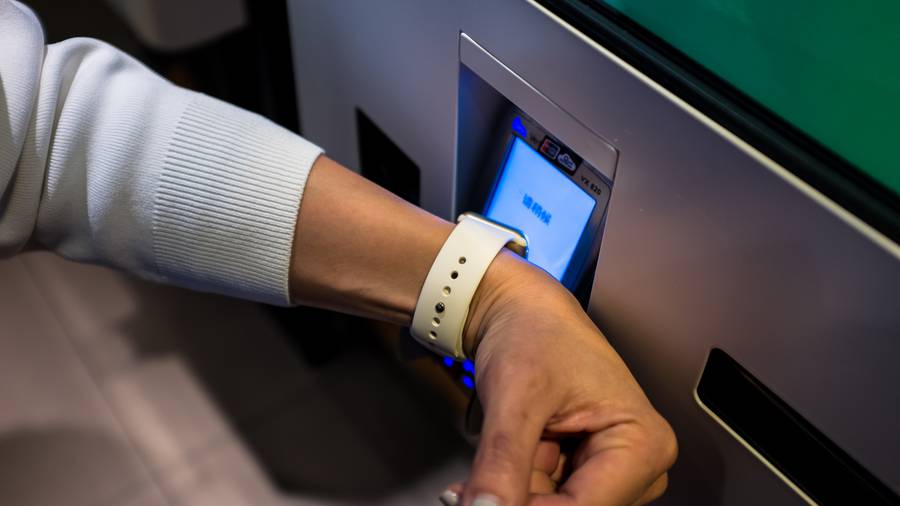VC Investments in Construction
The construction tech industry, while still nascent, has garnered increasing investor interest as startups exploit opportunities to digitize the sector. This year has already seen 25 construction tech deals to date, totaling approximately $169M.
Using the CB Insights platform, we examined top VC firms’ investments to construction tech companies, from Q1’13 to Q1’17. While smart money VCs are not making as many bets in construction tech as they are in more mature industries—top investors only participated in 40 unique financing rounds since 2013, totaling $893M across 19 companies—they have participated in 6 out of 10 of the sector’s top financing rounds.
Construction Startups
Construction is an asset-heavy industry that startups and investors are increasingly recognizing as a sector primed for digitization. 2017 has already seen approximately $169m in disclosed funding across at least 25 deals to construction tech companies.
Startups in the space are attacking the industry across diverse areas such as field management and equipment and construction materials marketplaces. In particular, we have seen a surge in the applications of mobile and cloud technologies, AI and robotics, AR/VR, and CAD software towards the construction industry.
21st Century Jobsite Trailer
Jeff Bauer has avatars on the brain. Bauer, the virtual design construction manager for New York City–based Turner Construction was joined by the company's general manager of medical equipment planning and management, Russ Alford, to lead a hospital client through a virtual reality walk-through of 250 labor and delivery rooms last month. By the year’s end, the Turner team plans to have a remote VR program allowing 15 people in different locations to become avatars within the same virtual BIM model and to collaborate on project review in real time and in real-world dimensions.
Bauer and Alford see a range of use cases for VR to redefine communication and collaboration throughout the design-build cycle. They even anticipate a near-future in which VR caves are a common built-in feature of job site trailers and offices. Yet the Turner assessment of the extent to which VR is currently used as an applied technology in the field is quite blunt.
McKinsey—Reinventing Construction
The construction industry employs about 7 percent of the world’s working-age population and is one of the world economy’s largest sectors, with $10 trillion spent on construction-related goods and services every year. But the industry has an intractable productivity problem and, according to Reinventing construction: A route to higher productivity, a new McKinsey Global Institute report, an opportunity to boost value added by $1.6 trillion.
Other sectors have transformed themselves and their productivity performance. In comparison, much of construction has evolved at a glacial pace. Take one example: construction is among the least digitized sectors in the world, according to MGI's digitization index. In the United States, construction comes second to last, and in Europe it is in last position on the index.
World Ec Forum—Shaping the Future of Construction
3D-printed houses, automatically designed hospitals, prefabricated skyscrapers—these once-futuristic dreams are now a reality, as described in a new report, Shaping the Future of Construction: Inspiring Innovators Redefine the Industry, developed by BCG and the World Economic Forum. The report showcases and analyzes ten Lighthouse innovation cases—prominent flagship projects as well as startups and pilot projects—that demonstrate the potential of innovation in construction and give a glimpse of the industry’s future. The stories not only serve as an inspiration but also vividly describe the typical challenges that innovators face and show how to overcome those challenges.
JB Knowledge—2016 Construction Tech Report
We started this survey with a strong desire to understand the construction industry’s affinity for technology. We wanted to know how builders evaluate technology, how they pay for it, how they use it, and how it affects their projects.
This report helps us understand that the issue isn’t necessarily that builders don’t see the need for tech, it’s just hard to compute the return. Technology is an expense, it’s yet to be viewed as a value-add. This report reveals the comprehensive results from the 2016 survey with commentary and analysis from the perspective of a construction technology consulting and solutions provider.
5 Takeaways—AU 2017
The tech takeover is finally beginning to reach the construction industry. Though construction's resistance to such change has been well-documented, a new proliferation of cloud-based workflow apps, wearable sensors and virtual modeling technology is giving companies a new reason to reconsider digitizing parts of their traditional tool belts.
More than 10,000 people traveled to Las Vegas last week for this year's event: "The Future of Making Things," catered to the architecture, design, construction and manufacturing communities. Here are the five biggest takeaways from Construction Dive's time at AU:
Don't discount what you can learn from international projects.
Build smarter.
Watch for innovation in transportation.
Automation is an opportunity, not a threat.
Collaboration is key.
IoT Wearables
The wearable technology startups that get attention make products a Silicon Valley executive or journalist might use -- fitness trackers, virtual-reality gaming headsets, jewelry that delivers text-message alerts. It's lifestyle stuff. But wearable development in the near future depends on more workaday equipment.
Call them work-wearables: computers worn on the body that help get the job done. Think smart glasses displays for manufacturing workers following complex assembly directions; voice-activated clip-on computers that help store clerks check inventories; or caps with sensors that make sure long-distance truckers aren't dozing off.
Google's project Jacquard recently acknowledged the work-wearables market with a partnership to weave conductive yarn into uniforms made by Cintas. Judging from the companies' talk about health care, hospital scrubs seem a likely first target.
As a business proposition, work-wearables offer advantages over the better-known consumer-oriented products.








